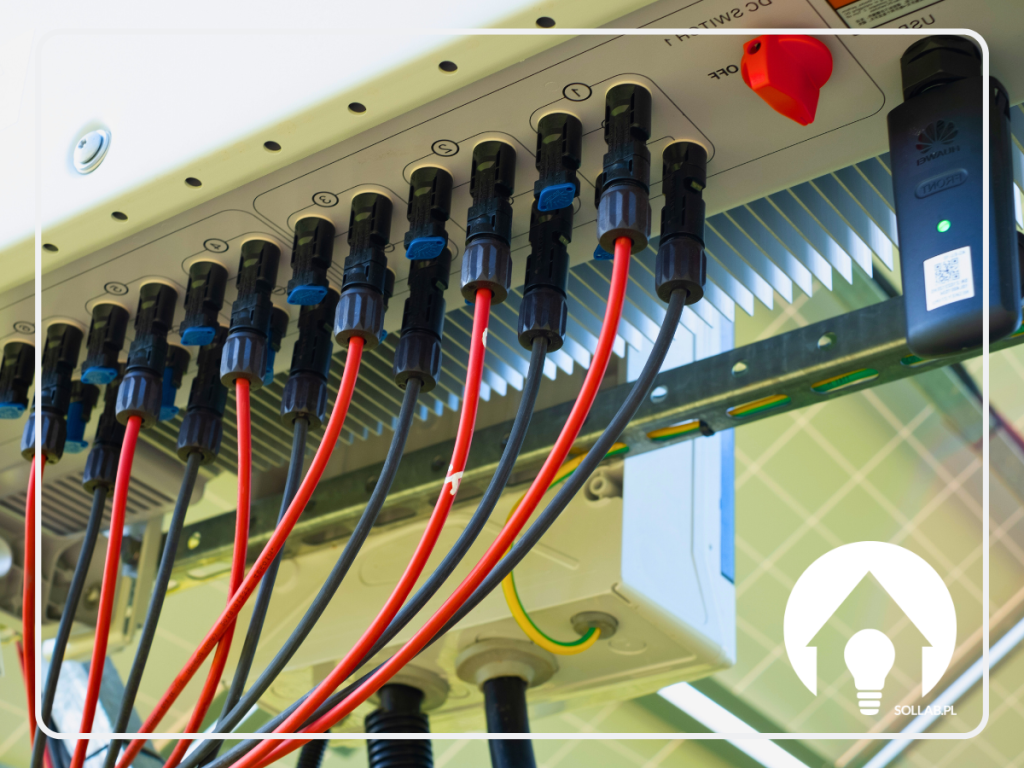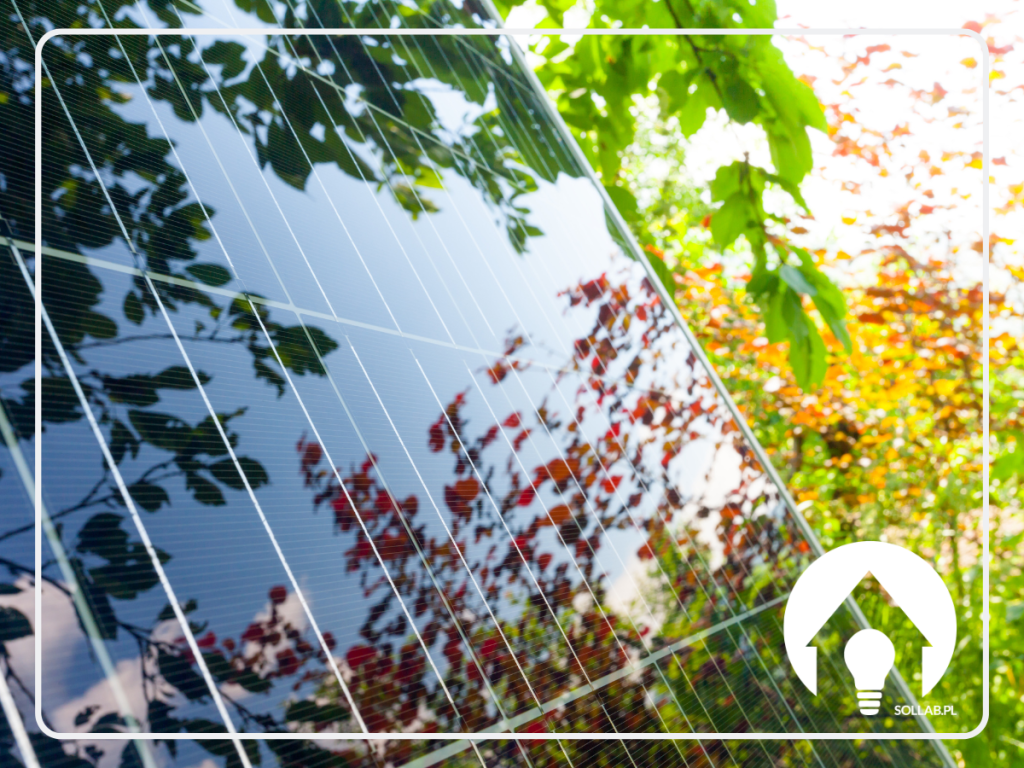Charging an electric car with photovoltaics - sustainable electromobility
In an era of increasing environmental awareness and the need to reduce the harmful impact on the environment, more and more people are choosing to purchase an electric car and install a photovoltaic system. A photovoltaic installation allows the sun's rays to be used to generate electricity. It turns out that the surplus of this energy can be successfully used, among other things, to power electric vehicles. "Refuelling" an electric car using a home EV charging station is much more cost-effective than using public stations. So what does charging an electric car with photovoltaics look like? How does it work? Read on!
Fundamentals of photovoltaics
Photovoltaics is a technology that enables sunlight to be converted directly into electricity. It is a key process for sustainability as it uses one of the cleanest energy sources on the planet. Not only is it an environmentally friendly solution, it is also financially beneficial as it allows for a significant reduction in energy bills.
When sunlight falls on photovoltaic panels it generates a flow of electric current. This process, known as the photovoltaic effect, is the basis of how solar panels work. A key component of a photovoltaic system is the inverter, which converts the direct current generated by the panels into alternating current, which is used in domestic electrical installations. In addition, systems can include monitoring devices that track the output and amount of energy produced.
The benefits of photovoltaics are not only limited to environmental aspects, such as the reduction of greenhouse gas emissions and pollutants. It is also economically beneficial because, after the initial cost of installation, solar panels generate savings on energy bills.
Charging an Electric Car with Photovoltaics
Charging an electric car with energy extracted from photovoltaic panels is a concept that combines two important aspects of sustainable energy: the use of renewable energy sources and green transport. It is a solution that is attracting attention because of its potential benefits for both the environment and users.
In this system, photovoltaic panels mounted on the roofs of houses or other buildings convert solar energy directly into electricity. This energy can then be used to charge electric car batteries. In this way, owners of electric vehicles can significantly reduce their dependence on traditional energy sources and fossil fuels.
Charging an electric car with solar energy has many advantages. Firstly, it is greener because it uses a clean energy source that does not generate direct carbon emissions. Secondly, it can be more economical in the long term because, after the initial investment in a photovoltaic system, solar energy is virtually free.
One of the challenges of charging an electric car with photovoltaics is the need for sufficient power in the system to cover the vehicle's charging needs. This means that owners need to think carefully about the size and specification of their photovoltaic installation so that it is capable of generating enough power, even on less sunny days.
It is also important to note that charging an electric car with solar energy fits into wider trends in both energy and transport. In the context of growing environmental awareness and the need to reduce greenhouse gas emissions, such solutions can play a key role in shaping a sustainable future.
Costs and Return on Investment
The cost and return on investment of a photovoltaic installation for electric car charging are key elements to consider. The first step is to understand the upfront costs associated with purchasing and installing solar panels, an inverter, and potentially an electric car charging station. While these initial expenses can be significant, it is important to look at this investment from a long-term perspective. The cost of a photovoltaic installation depends on a number of factors, including the size of the system, the type of panels used and local installation conditions.
On the other hand, the return on investment in photovoltaics comes from several sources. The most important of these is the savings on electricity bills that the installation generates. A photovoltaic system allows a significant reduction in dependence on traditional energy sources, which translates into lower operating costs in the long term. In addition, charging an electric car with its own solar energy avoids the costs associated with using public charging stations.
Although the initial cost of installing solar PV to charge an electric car can be high, the long-term financial and environmental benefits are significant. The investment not only saves on energy costs, but also contributes to a reduced carbon footprint, which is increasingly valued in today's world.
The Future of Self-Chargingchods of electricity
The future of electric car charging appears to be extremely promising, due to ongoing technological innovation and growing environmental awareness. Developments in photovoltaic and battery technology are playing a key role in shaping this future, enabling increasingly efficient and sustainable charging methods for electric vehicles.
One of the most exciting developments is the integration of photovoltaic systems directly into electric vehicles. This vision includes the use of solar panels not only mounted on the roofs of buildings, but also those built directly into the bodies of cars. Such a solution would allow vehicles to be continuously charged while driving and parked, significantly increasing their range and independence from charging stations.
Another important aspect of the future is the development of networks of smart charging stations. These networks will be able to communicate with vehicles, optimise charging times according to available power, and manage the load on the power grid. The ability to remotely manage and schedule charging, depending on energy tariffs and the availability of renewable energy, could significantly impact the efficiency and cost of electric cars.
In summary, the future of electric car charging is being shaped by technological innovations that have the potential to revolutionise not only the way vehicles are charged, but also the overall approach to mobility and energy use. As these technologies mature and become more accessible, we can expect electric cars to become more widely used, representing a key element in the move towards a more sustainable and greener world.
















